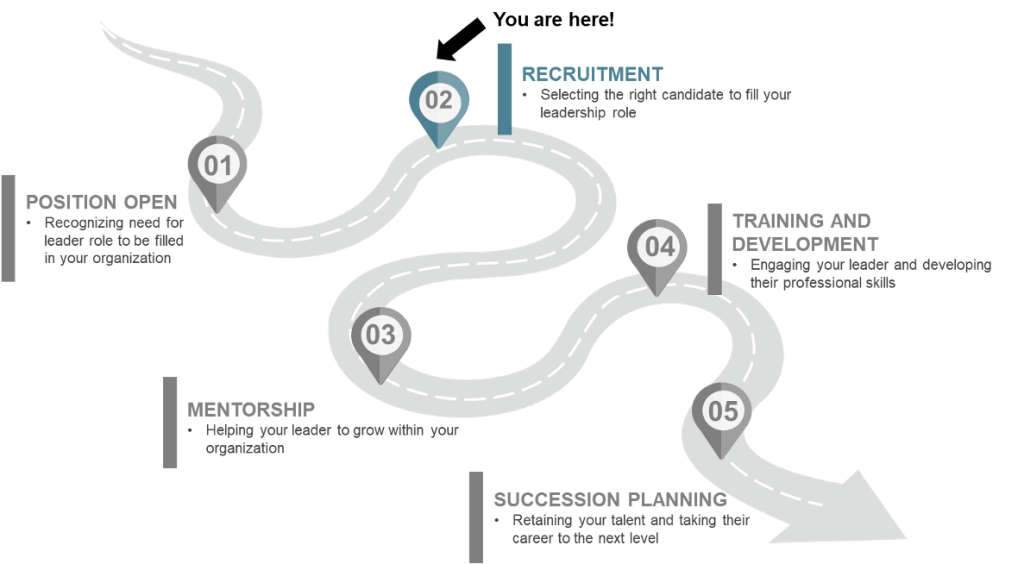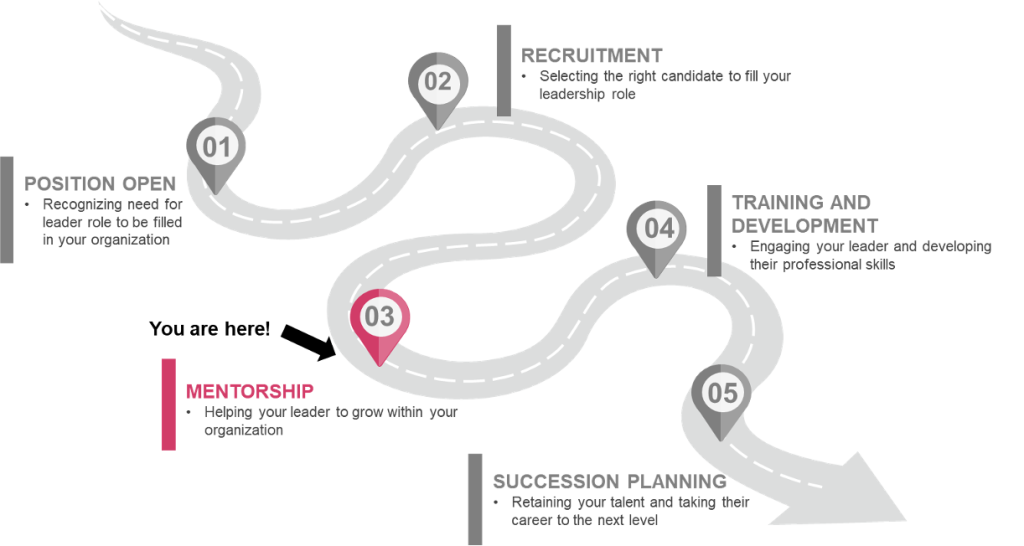Welcome to Recruitment!
Now that you have determined the need to hire your leader, you need to recruit them and fill the role.
You should first start by asking yourself where you will source and recruit your talent from.
Based on this, you can implement the right mechanisms to ensure that all individuals are set up for success within your recruitment process.





